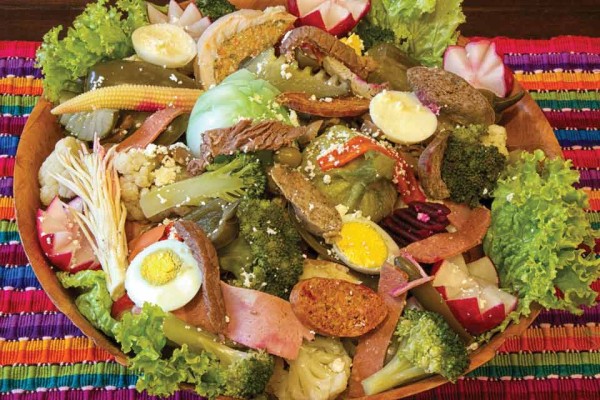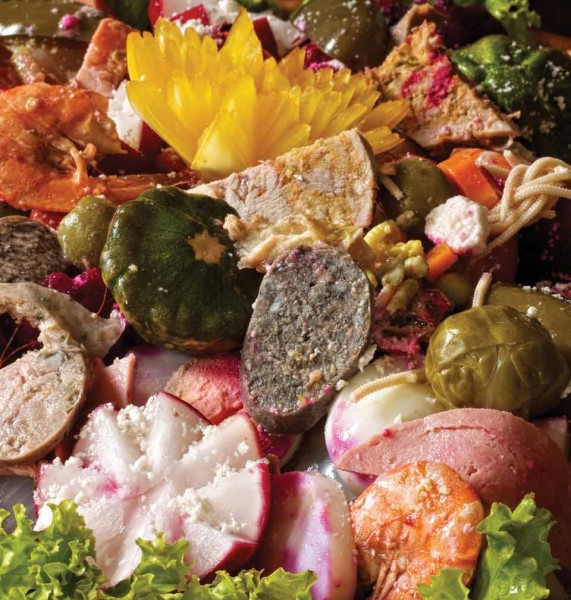Fiambre!
The Traditional Dish of November
To appreciate fiambre imagine it is the middle of the eighth century. Until this time, All Saints Day was celebrated on May 13 and experts believed that rituals were deeply rooted in a similar pagan celebration, Feast of the Lemures, a day when evil spirits were mollified by Earth-dwellers. Pope Gregory III consecrated a new date (Nov. 1) and reaffirmed the significance we presently associate with All Souls Day —a time to be with loved ones no longer with us.
All Souls Day has taken root throughout Central and South America, with similar rituals performed country to country. On Nov. 1, Dia de los Santos, and Nov. 2, Dia de los Muertos, families and friends come together in cemeteries and gravesites to remember those departed. Graves are cleaned and maintained, memorabilia and flowers are placed beneath freshly touched-up tombstones, prayers are recited and relatives share memories and anecdotes about loved ones. It is a time for family and it is a time for sharing. Fiambre symbolizes both.
There are several legends told about the creation of fiambre. Families tending gravesites would bring food—generally something their loved one enjoyed—and share a meal together, reigniting the connection with the departed. And, as Guatemalans are incredibly warm and friendly people, one family shared their dishes with their neighboring gravesite family, and that family in turn shared with their neighbors … you get the idea.
Finally, all these dishes combined into one—fiambre! Another version: All the food brought by families to the cemetery was laid out when a big wind came up, swirling it all together into a unique dish called— fiambre! Yet another version: Since families often spent the day at the cemetery, a special dish was created to keep all of the ingredients from spoiling—fiambre!
Fiambre is a cold salad. It is typically made with an average of 50 ingredients that include pork, chicken, shrimp, cured meats, cheese, pickled vegetables, onions, pacaya flower (an under-the-sea looking bud that grows on palm trees native to Guatemala) and a dressing made from mustard and vinegar. While there is no one single recipe for fiambre, there are several popular categories that serve as guidelines for preparation. Fiambre rojo is made with beets while fiambre blanco is without beets. Fiambre verde is vegetarian friendly, while fiambre desarmado keeps all of the ingredients separate allowing you to mix and match based on personal taste.
While many Latin American countries celebrate Día de Todos los Santos, fiambre is unique to Guatemala. More than a food item, it is a symbol of Guatemalan love and community, a melting pot of traditions and locations and methods and people. It symbolizes kinship—recipes, often specific to an individual family, are handed down generation to generation. It brings all family members together in the kitchen, each expected to contribute to the preparation days in advance by supplying several ingredients, slicing and pickling vegetables, grilling meats, etc. Fiambre is deeply rooted in the past while constantly adapting with each new generation, like Guatemala itself in many ways.


Pingback: All Saints Day and other Halloween-like holidays celebrated all around the world – Site Title